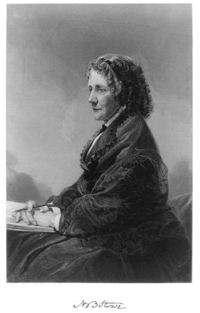#UncleTomsCabin
Uncle Tom's Cabin
Uncle Tom's Cabin; or, Life Among the Lowly, is an anti-slavery novel by American author Harriet Beecher Stowe. Published in 1852, the novel "helped lay the groundwork for the Civil War", according to Will Kaufman.Will Kaufman, The Civil War in
Read More..
Ratings
Likes
Reviews
Popularity
Ranks
This #hashtag is not ranked yet.

